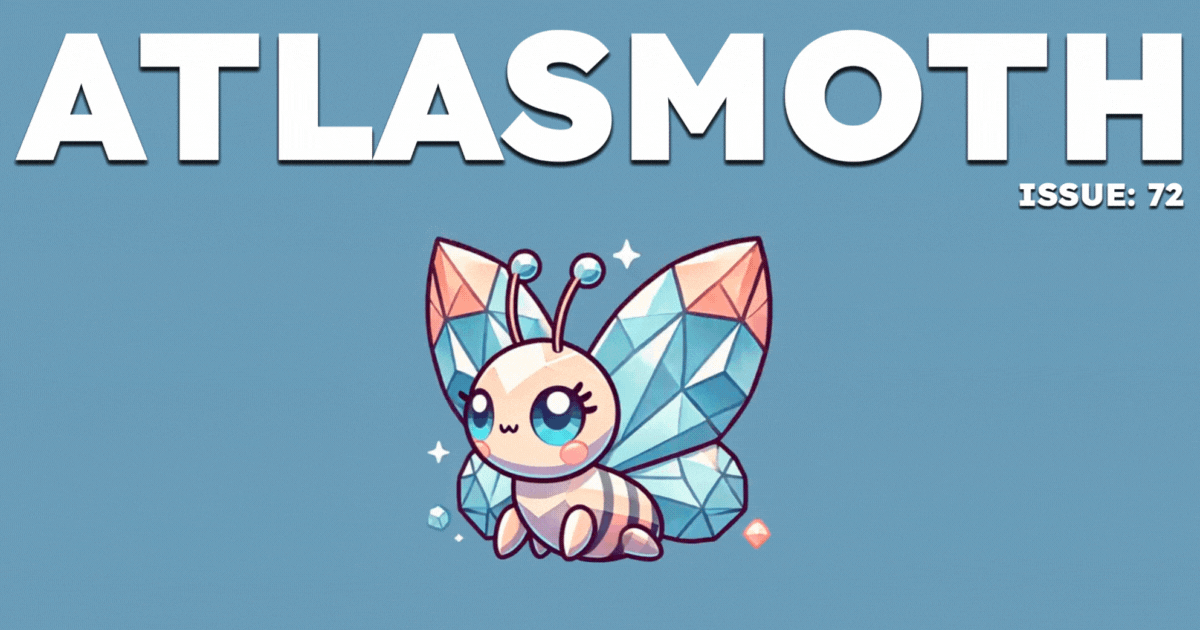- AtlasMoth Newsletter
- Posts
- Design Engineering
Design Engineering
Clear the Gap

Start learning AI in 2025
Keeping up with AI is hard – we get it!
That’s why over 1M professionals read Superhuman AI to stay ahead.
Get daily AI news, tools, and tutorials
Learn new AI skills you can use at work in 3 mins a day
Become 10X more productive
Hey, it’s Kushagra. Welcome to this week’s AtlasMoth drop.
Does the design meet the code? Slack made it a movement.
This week, we’re zooming in on how Slack turned devs into designers and designers into devs, with a hybrid force called Design Engineering. It started with a test, sparked some fire, and now it’s changing how great products get made.
From plug-ins to polished flows, prototypes to power tools, this isn’t just code that works, but craft that vibes.
Let’s break down how Slack blurred the lines, boosted the team, and proved that when design leads, everything moves sharper, smoother, and smarter.
How does your team currently bridge the gap between design and engineering? |
💬 Building for people beyond borders? Book a call to explore more
Find out why 1M+ professionals read Superhuman AI daily.
In 2 years you will be working for AI
Or an AI will be working for you
Here's how you can future-proof yourself:
Join the Superhuman AI newsletter – read by 1M+ people at top companies
Master AI tools, tutorials, and news in just 3 minutes a day
Become 10X more productive using AI
Join 1,000,000+ pros at companies like Google, Meta, and Amazon that are using AI to get ahead.
Vibing While DesigningThis track gave me a serious boost—check out ‘Take Your Medicine’ by Transfer🎵 |
Design + Code = Big Wins at Slack
If you work in design, you’ve prob heard the term Design Engineering. It’s not new. Roles like UI/UX Devs, Design Techs, and Code Creatives have been around for years.
At Slack, some devs care deeply about vibes and UX. Some designers care just as much about clean, fast code. That’s dope, and it’s helped a lot.
But the team saw room to level up. So they kicked off something fresh: dedicated Design Eng roles.
These folks focus on:
Fast, smart photos
Tools to help the whole squad
Team support, like design-tech consultants
With more folks using Slack to do all the things, this just made sense.
First Test: The Champions Program
They didn’t just go all in right away. First move? A “test run” called the Design Eng Champions Program.
Devs from different teams could spend a quarter with the design org part-time or full-time. Like a “study abroad,” but for design work.
In that time, Champs dove into design-first builds tried wild new ideas, and boosted product vibes across the board.
They looked for devs who:
UI/UX
Loved tools that make the team faster
Cared about the small stuff that makes a big change
People who joined didn’t just ship cool things, they left with fresh eyes and new skills. Big win for both sides.
What DE Does
After some rounds, it was clear: this needed to go pro. Here’s what Design Engs now focus on:
Protos That Pop
Try wild new ideas. Break stuff (on purpose). Test things fast and make sure it feels right.Fixing Key Flows
Bring a high craft to core stuff. Raise the floor and the ceiling.Build Tools for the Crew
Think: Figma plug-ins, Slack kits, proto zones, anything that helps folks work smoother.Act as Guides
Be the tech-savvy wingman. Show teams how to build smarter, test better, and go bolder.
Making It Official
One big learning? This work takes time.
Most devs are used to having EMs or PMs help scope and plan. In design land? You lead more of the path yourself. So, folks needed more help shifting into that headspace.
They started small, one champ at a time. Learned a lot. Then added more. At the end? It was clear: This thing works. And it’s time to make it real.
Slack’s design org was already changing more skill mash-ups, more range, and more bold ideas. DE helped fuel that shift. It also proved that design can lead in ways folks hadn’t seen yet.
What’s Next?
The plan?
Go deep. Go wide. Make it last.
Slack wants to put design engineers in every team and on every platform. Think of it like a bridge part design, part code, all built-to-ship work that feels great.
They’ll still proto and dream. But they’ll also ship high-polish stuff folks use every day.
30 Minutes Can Save YouGreat design doesn’t happen alone. One session can save you 10+ design iterations later. |
In Short
Design Eng at Slack is more than a job. It’s a mindset:
Mix art + code
Build wild ideas
Help others go fast
Make the whole product feel better






Reply